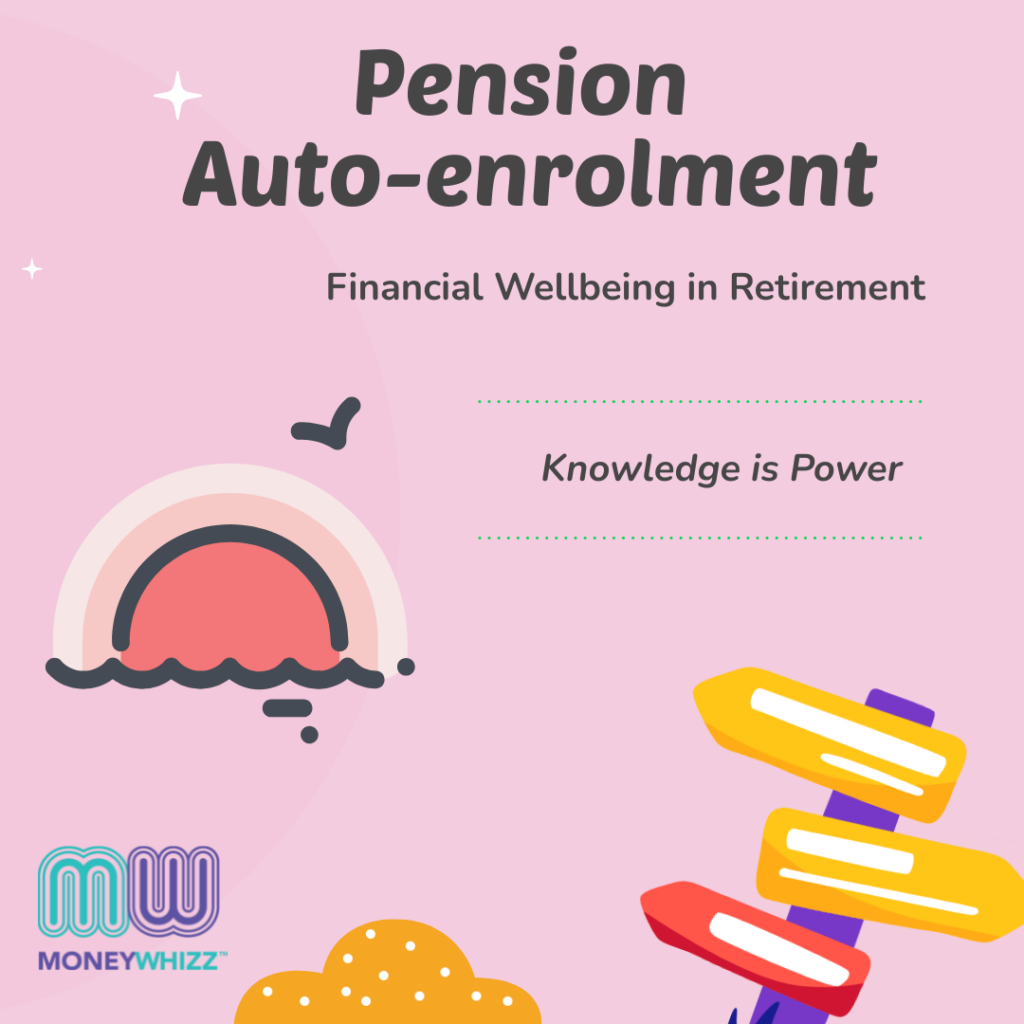Presently, someone that reaches age of 66 and has built up sufficient PRSI contributions in Ireland can qualify for a pension from the State. This is called a contributory pension by virtue of the fact the recipient made PRSI contributions. The amount they receive works out to about €14,000 per year.
Depending on their personal financial situation, the amount may not always meet their financial needs. For example, if someone needs €30,000 per year to live, relying on the contributory pension alone would mean they have a €16,000 shortfall. From a financial wellbeing perspective, this can pose a significant challenge during retirement.
Many people close such shortfalls by way of a private pension. However, not everyone does.
It is estimated that up to half of Irish people do not have a private pension. This is due to a variety of reasons. Some may have personal investments while others may have upcoming inheritances and the like. However, in order to ensure more people reach their retirement with improved financial resources, the State is introducing a system called auto-enrolment.
Auto-enrolment is not a new concept, but it is new to Ireland and for many, it will be new to them. At the heart of how auto-enrolment works is a mandatory savings requirement that will be introduced in 2024.
Here is a broad overview of how it will work:
Employees that do not have a private pension provision presently and earn more than €20,000 per year and are aged between 23 and 60 will be automatically enrolled into the new system.
A key feature of the auto-enrolment system is that it will be managed under an ‘opt-out’ basis rather than an ‘opt-in’. What this means is that employees that fall into the auto-enrolment criteria will be automatically signed-up. After six months, they can then opt out but under the present rules, be auto-enrolled back in within two years’ time.
There is a sliding scale for contributions which will be rolled out in the years following the introduction of auto-enrolment. However, in order to reveal the basic workings of how the new system works, in addition to the employees contribution, their employer and the State will also contribute. Under the new auto-enrolment system, for every €3 that an employee puts in, the employer will also put in €3 and the State will top up by €1.
In cases where there are employer sponsored occupational pension schemes and employees are already enrolled, nothing changes for them.
For those that fall outside the age or income criteria for auto-enrolment and are not in a pension scheme already, they can choose to sign up to the new system if they wish.
Contributions will be phased in so that everyone can get used to the new system without a steep change in income. The sliding scale approach means that in Year 1, 1.5% from the employee and 1% from the employer applies, this rises to 6% by year 10. The State will also increase its contribution in Year 1 from .5% to 2% by Year 10.
Other points worth considering:
- contributions and investment returns will be the employee’s property, protected under the Constitution and therefore cannot be accessed by anybody else.
- employees can continue paying into the same account even when they move jobs so less tracking down old pension accounts.
- Investment decisions will be managed via a default fund.
- online access to fund balance available through an online portal.
Through the introduction of auto-enrolment, the goal is to encourage more people to save towards their financial needs in retirement. The general approach used through auto-enrolment is designed to demonstrate how money can accumulate faster when both employer and the State make contributions into the workers retirement fund on a regular basis.


Comments are closed.